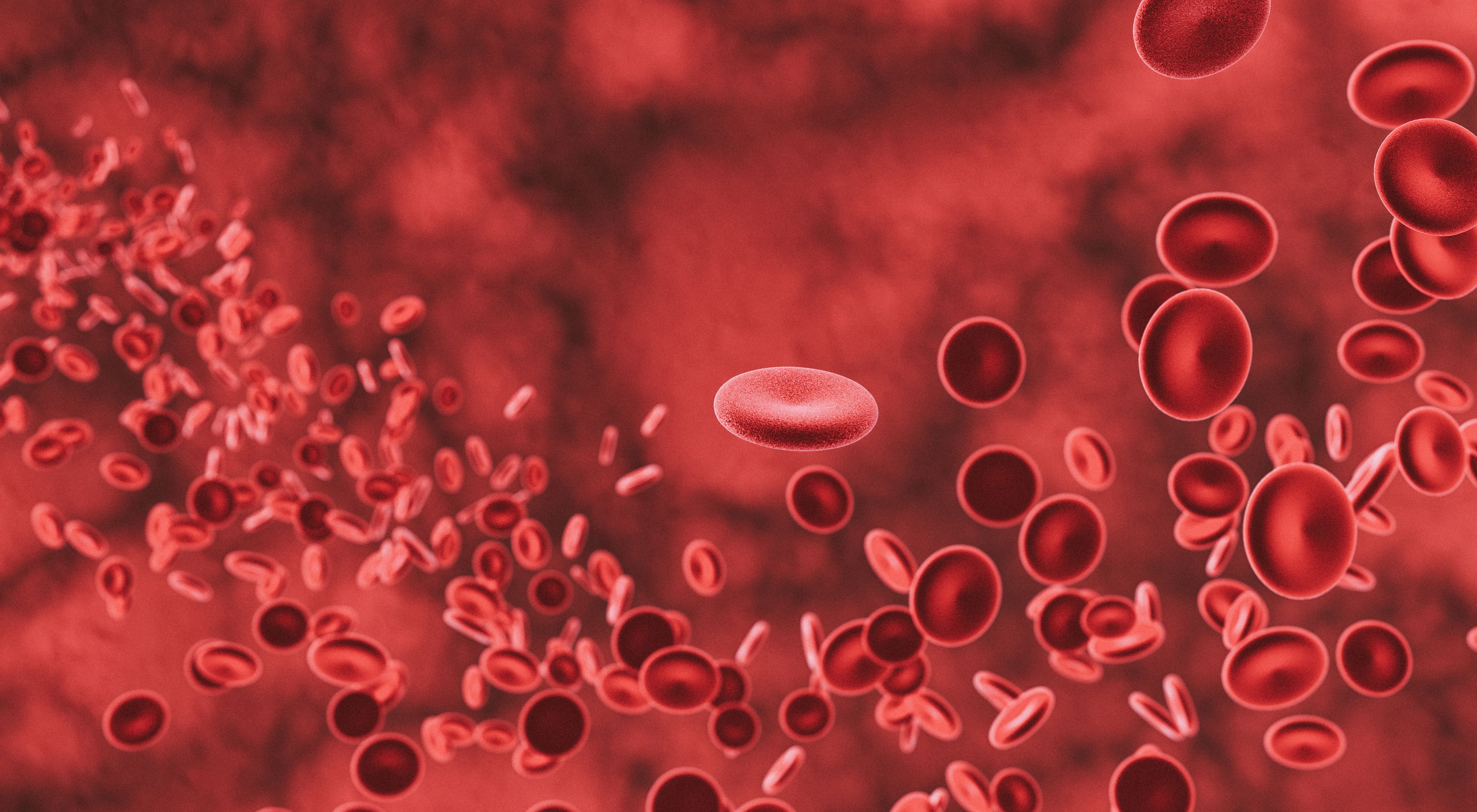Early Transfusions, Treatments May Improve Outcomes in Low-Risk MDS
Receiving early transfusions and treatment to reduce transfusion dependency significantly improves survival and quality of life in low-risk MDS.
Treatments to reduce frequent transfusion visits can contribute towards a better quality of life for those with low-risk MDS.

Receiving early red blood cell transfusion for low-risk myelodysplastic syndromes (MDS) may help improve patients’ “functional abilities,” an expert told CURE®.
A study published in the Journal of the National Comprehensive Cancer Network determined that transfusion burden during first-line therapy is optimal. Specifically, researchers reported that survival outcomes are optimal when patients with low-risk MDS who require red blood cell transfusions, receive them during first-line therapy.
Researchers analyzed data from the COMMANDS and MEDALIST trials within the study. They established that patients within the first-line setting lived 14.8 months longer than patients in the second-line setting.
Of note, patients within the first-line setting experienced better overall outcomes. Particularly, these patients had fewer complications and hospitalizations, and required less amounts of red blood cells during transfusion, the study stated.
READ MORE: Blood Cancer Drug Decreases Levels of Anti-Fungal Medication
Importance of Early Transfusions and Treatments in Low-Risk MDS
Recent changes in the treatment landscape for MDS have also changed, Dr. Adam Zayac said during an interview with CURE®.
“MDS has a number of treatments, especially now in 2024,” he explained. “Predominately, there are some medications that can be added to improve patients’ transfusion independence or transfusion burden.”
Zayac is a hematologist/oncologist at Rutgers Cancer Institute and RWJBarnabas Health. He is also an assistant professor of medicine at Rutgers Robert Wood Johnson Medical School.
For patients with low-risk MDS, Zayac also noted that it’s important for patients to know about these findings regarding transfusions.
“It’s important for patients to know this information. There are a number of options available now, beyond just the supportive care of transfusions,” he said. “These therapies are well-tolerated and don’t have many of the severe side effects people think about when they think about chemotherapy in its classical state.”
Benefits of Early Transfusion and Treatments for Low-Risk MDS
The benefits for patients with low-risk MDS to receive transfusions early can help improve functional abilities, said Zayac.
“A lot of the benefits of the therapies for low-risk MDS are aimed at reducing the transfusion needs. So, the benefits would really be improving one’s functional abilities,” he explained. “Patients come in who are severely anemic and need transfusions to manage getting around their home, to manage their self-care and then feel a little bit better with transfusion.”
Zayac emphasized that even with early transfusions, patients may feel well for only a short time. However, “the potential for improving their blood counts is tremendous” after treatment, he said.
He explained that transfusions can “carry a number of risks” for patients with low-risk MDS who have chronic transfusion dependency. Iron overload and organ dysfunction, he noted, are some of the included risks, among others.
“With blood transfusions, there’s of allergic or infectious reactions. So the mainstay of therapy for low-risk MDS is really to minimize the demands and requirements for transfusion of either red blood cells or platelets,” Zayac said.
Quality of Life for Patients With Lower-Risk MDS
Having to regularly attend blood transfusion visits also affects patients’ quality of life, he noted.
“On a patient level, the burden of regular transfusion needs include frequent office visits and lab monitoring,” Zayac explained. “This can be as often as two to three times per week for patients with severe anemia and severe thrombocytopenia that require regular, more frequent transfusions.
“So, there’s a tremendous burden on quality of life between travel time spent in infusion or treatment centers to receive these.”
A combination of fewer transfusions because of effective treatments can improve patients’ quality of life, he said. This may allow patients to go several weeks without a transfusion visit, meaning they now have the option to travel.
“I treat a number of patients with low-risk MDS, and some of them travel around the world now because they're able to be free of having to come back and forth,” Zayac said. “For frequent transfusions or blood count monitoring, and they're aware of the symptoms, they begin to feel as are becoming a little bit low in their blood counts. So from a quality life perspective, that's tremendous.”
For more news on cancer updates, research and education, don’t forget to subscribe to CURE®’s newsletters here.